By Darren Johnson
Campus News
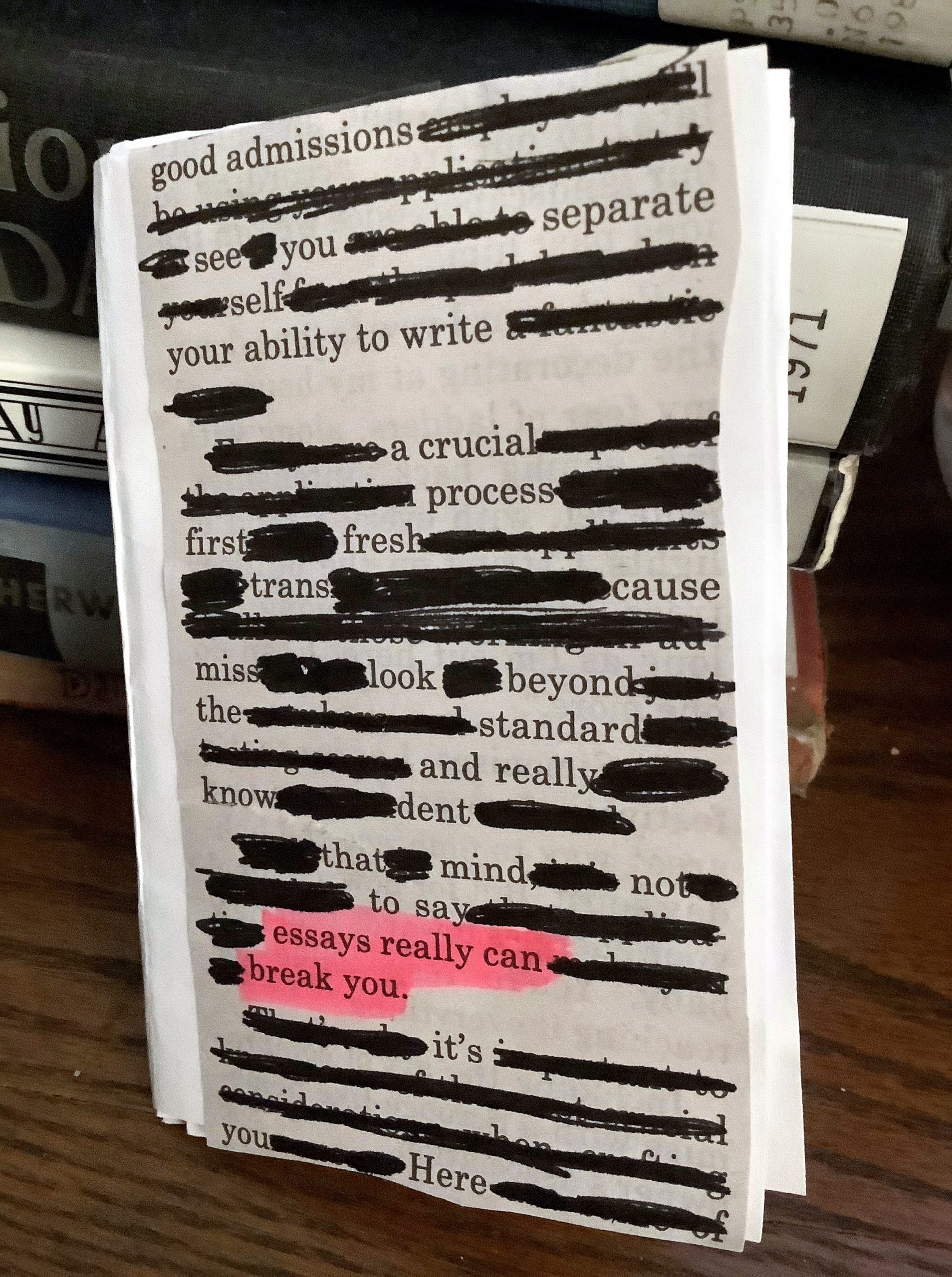
Try doing this with a newspaper web site!
I recently was contacted by Queensborough Community College adjunct instructor Kara Laurene Pernicano, who, during this quarantine, turned student newspapers (mostly using Campus News, but also her campus’ own Communiqué) into “found poetry” art pieces and, ultimately, a zine. They are amazing.
(Also see our separate story on page 27 on how to turn this newspaper into a work of art!)
Really, I love it when I get these kind of messages from my newspaper readers. Heck, in the 1990s, my first publication was a zine. It got over 100 subscribers before – well, you know – the Internet ruined everything.
But, here we are with Campus News, still in print, and readers like Pernicano truly get what we’re doing.
Pernicano holds a MA in Literary and Cultural Studies with a Certificate in Women’s, Gender & Sexuality Studies from the University of Cincinnati. She is a MFA Candidate in Creative Writing and Literary Translation at Queens College and an Adjunct Lecturer in English for CUNY.
She teaches creative works by modern/contemporary artists/writers, particularly women of color poetics, literacy narratives and digital/visual rhetoric. In her own creative practice, Pernicano celebrates hybrid forms, documentary work, queer feminism, trauma narratives and disability justice. Her creative writing has been published in Snapdragon, Waccamaw and Rabbit. Her visual art has been on view in the Whitney Staff Art Show at the Westbeth Gallery and in LIC Artists’ “Creative Mosaic” at the Plaxall Gallery.
Here’s my chat with the artist:
Have you always been attracted to newsprint?
Not necessarily, but I have always been drawn to text as part of my arts practice. In fact, I’ve grown to believe I was born an artist and have become a writer. I think text is image and vice versa. So, in my graduate studies, I have become consistently more drawn to contemporary art and documentary poetics. I’ve seen such work done especially by BIPOC artists exhibited at various museums and galleries in New York. The collage zine is a newer practice of mine, bringing together my interest in erasure poetry and found art materials.
Describe your process when turning newspapers into works or art?
I started intentionally making zines through quarantine and the distance learning transition, so naturally the subject matter has often been about college teaching and college writing. The student newsprint particularly spoke to me because it was easy to find cues to write through learning challenges and life in New York inside it, plus I enjoyed the down-to-earth writing style. One of my smaller zines, “essays really can break you,” is a kind of micro-essay through erasure about the nerves I’ve felt myself through the university application process and the hustle of studying and working that follows. It was so curious to find such a personal narrative through word play with other students’ journalistic essays. I wasn’t necessarily consciously writing to students, but I was inspired by them. My own CUNY students have taught me so much, helping me find my own way forward. Besides I have a lot of vivid memories myself as a student, still pursuing my own career growth through graduate school. 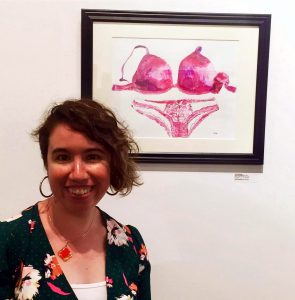
For the longer zine, “Spring 2020 in Review: Assemblage from College Newsprint,” I started writing the poem first, back in March, just typing up the words I saw in the newsprint, and it grew a bit unwieldy in length, so I put it aside. As I started to realize I wanted to work with more of the newsprint itself and share it, I pulled the pages apart and cut it all up to distribute it to my artist/writer friends in small packets of found text and images. I set one issue away, so I had a back-up, in case I messed up, because I am a perfectionist. You may ask, could you mess it up? Well, yes, I actually did. I had generously cut up the newsprint in squares, and then apparently I mistakenly sent out pages for my own project. When I finally returned to gluing together tmy long poem like a collage in late May, it was tricky to find some of the smaller cuts, not from the big ads or headlines. I realized I was missing a whole page. I must have cut it up and sent it off, excited by the other side for a friend and totally unaware that it was part of my own poem. Luckily, I had snapped some photos on my iPad of the work in progress when I first was looking at the newsprint, so I was able to print out a copy of the page, but the printer ink is noticeably different from the newsprint!
Have you introduced this art with students? If so, how did they react?
Yes, my final face-to-face lesson and workshop with my QCC students this semester was about erasure poetry. We were reading found poems by Aimee Nezhukumatathil, and they had a lot of questions about word play and the idea of borrowing contents from the web in poetry. I thought to show them the look of an erasure poem in contrast. We looked up the hashtag #makeblackoutpoetry on Instagram together, and I encouraged them to try it because I think some things simply take some experimentation to understand and form an opinion. I actually had picked up the newsprint from the newsstand on the way to class, and I gave them some to try on their own. I would have explored making them together in the next class, but alas we never had another face-to-face class and a tangible activity was no longer engaging if even feasible in the same way.
With the extra newsprint, I was inspired to explore the project on my own, and it evolved into an image/text assemblage re-reading the Mid-Winter 2020 issue [of Campus News] through the distance learning transition. I’ve dedicated the zine, titled “Spring 2020 in Review: Assemblage from College Newsprint,” to my CUNY students for their dedication and determination through the distance learning crisis.
How are print papers different than other media, like online newspapers?
I think print papers may be easier to preview and maneuver due to the tactile experience. You flip through it and read what catches your attention. So while you’d expect any news to contain bias, you are more in control of the reading experience. With media online, it’s much harder to not get sucked in. For example, there are often so many hyperlinks in any one article. You may end up down so many rabbit trails, fact-checking, tracing greater context and definition, even as many of us tend to search for something in particular when we check the news online. I think it’s easy to have some kind of emotional response whether anxiety or anger or apathy. In fact, we often bring the emotion with us when we open the window, get glued to the screen and can’t manage our time let alone control the number of tabs that end up open.
Will you be upset if someday print papers disappear?
This is an interesting question. I have to admit that I have largely grown accustomed to everything being digital. I used to wish for my published writing to make it to print, but then my earliest publications in literary mags and such were digital. Honestly, I experience more fear and anxiety about everything being accessible forever on the web than disappointment and loss for the paper to hold in my hands. I suppose I have mixed feelings. I am very curious about what digital platforms can uniquely offer a creative archive with hyperlinks and hashtags, but I am also nostalgic for print and think it’s partly my job as a writer and scholar to actively support presses invested in printing. I will probably always prefer to highlight an actual print publication when studying and taking notes.
What gems can students find in student publications?
During this pandemic moment, the college community has suffered. It’s hard to foster meaningful connections and stay motivated. Active reading can help us practice good listening skills to understand a writer’s intent and grow empathy with someone else. What I really enjoyed seeing in the student publications were back-and-forth dialogue between faculty and students and also students’ reflections on campus culture and wider culture. Generally, I think student publications are fabulous because they showcase student perspectives. Seeing a peer from your college or beyond getting published may inspire incoming students to aspire to such goals too. I would encourage students to reach out and don’t wait until after college to make something more of a project you start in college! There can be a place for all kinds of stories in a newspaper where both diverse points of view and a range of topics are key.
Other thoughts?
At Queensborough Community College (QCC), there are a couple great opportunities for students to submit work, including the QCC student literary journal Collective and the Queensborough Communiqué for QCC journalism students. I am not as familiar with the offerings in the arts and design, but I do know we have a student art gallery and various creative clubs too. I would encourage students to reach out to professors they enjoy and ask them what kinds of extracurricular activities departments may be hosting for students. I imagine that even more of these kinds of event series and student-led clubs will continue to convert in-person meetings to a virtual platform in the coming months for the fall.



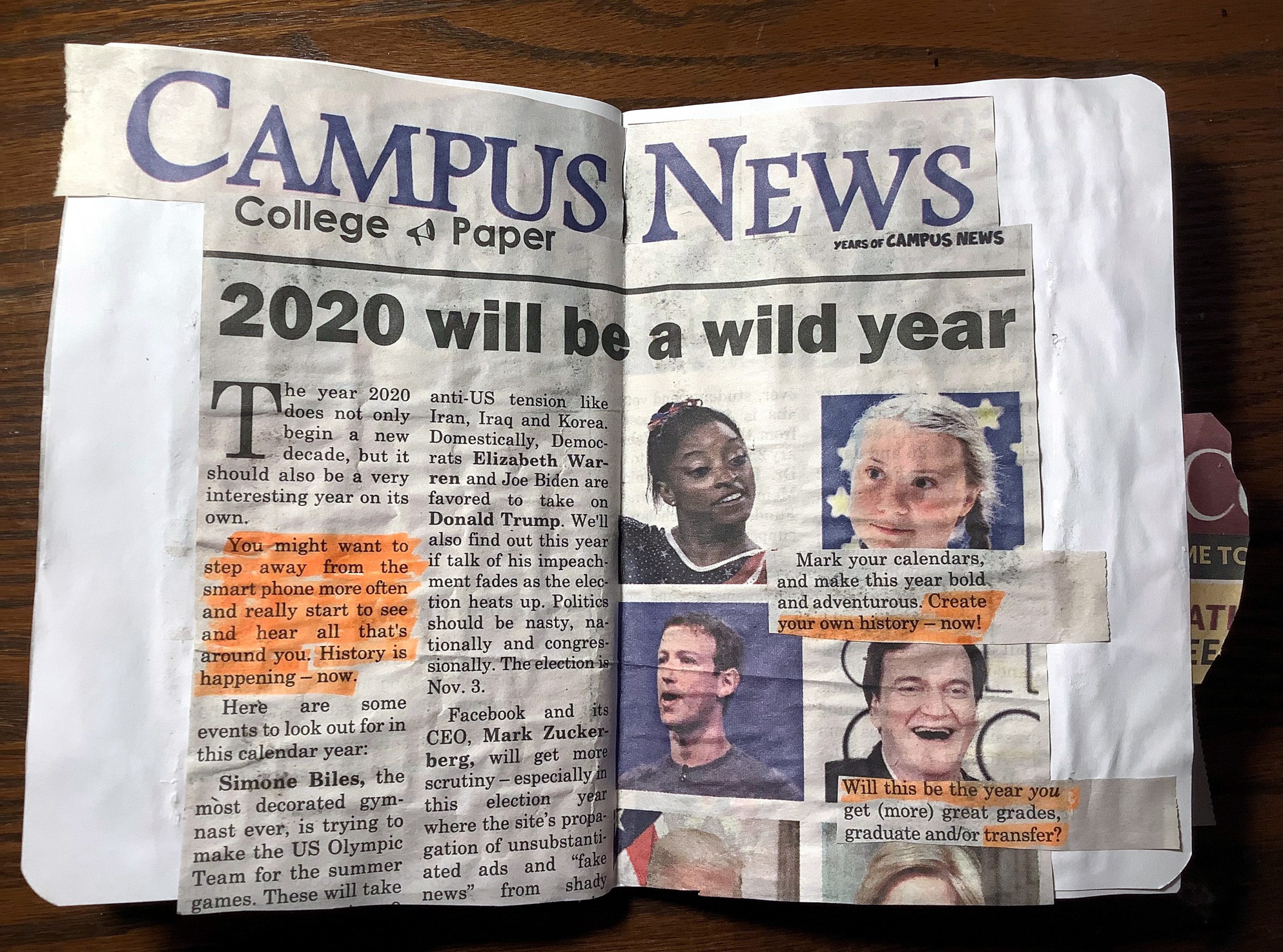
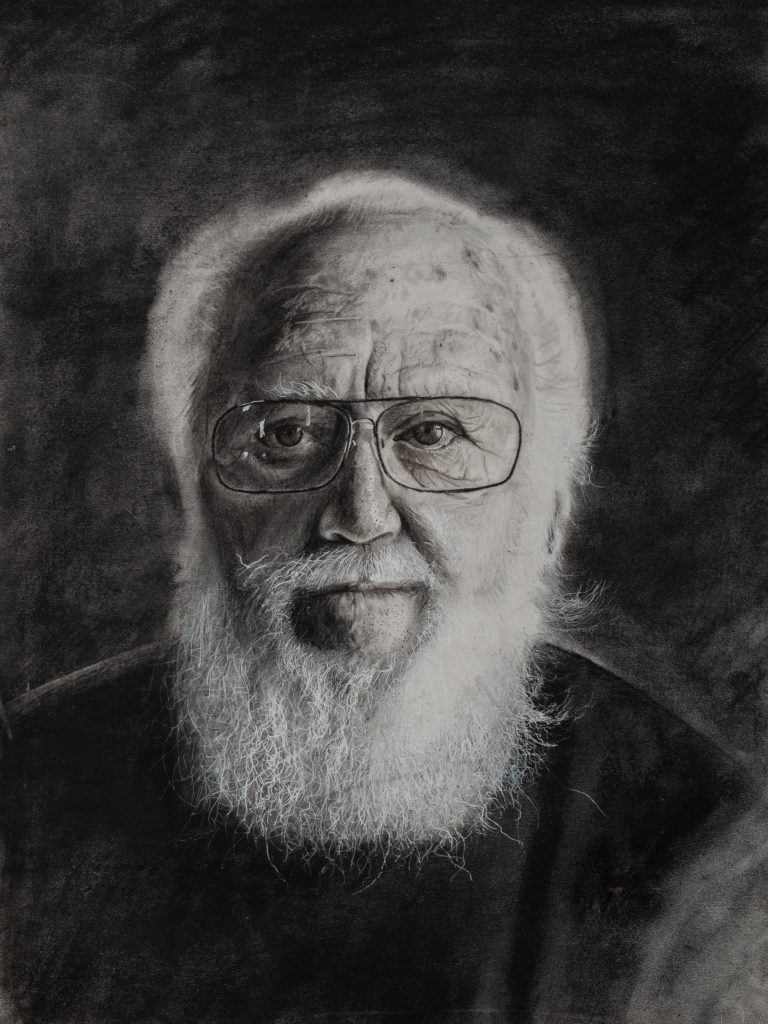

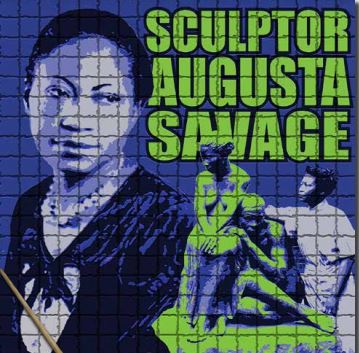
Facebook Comments